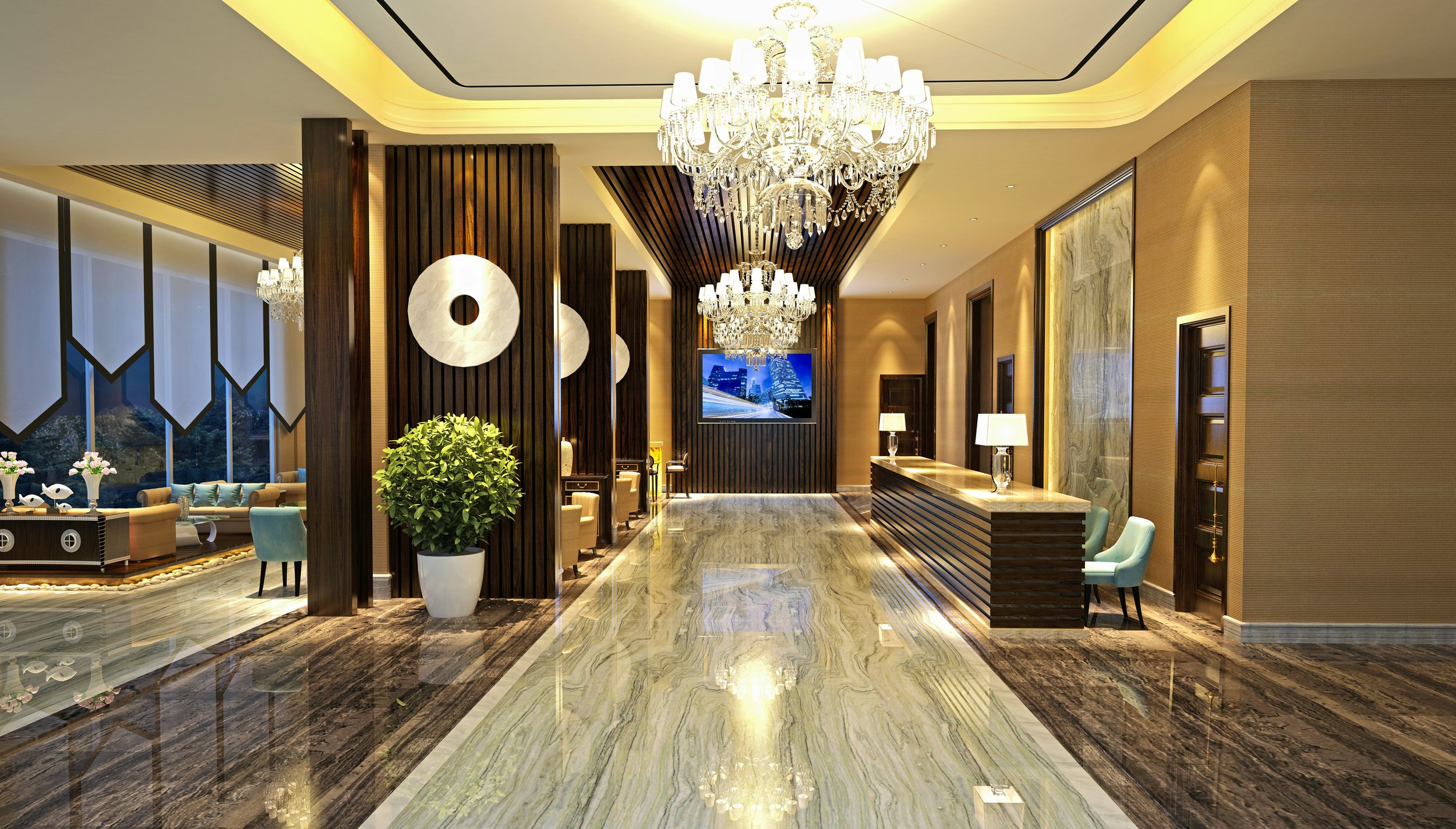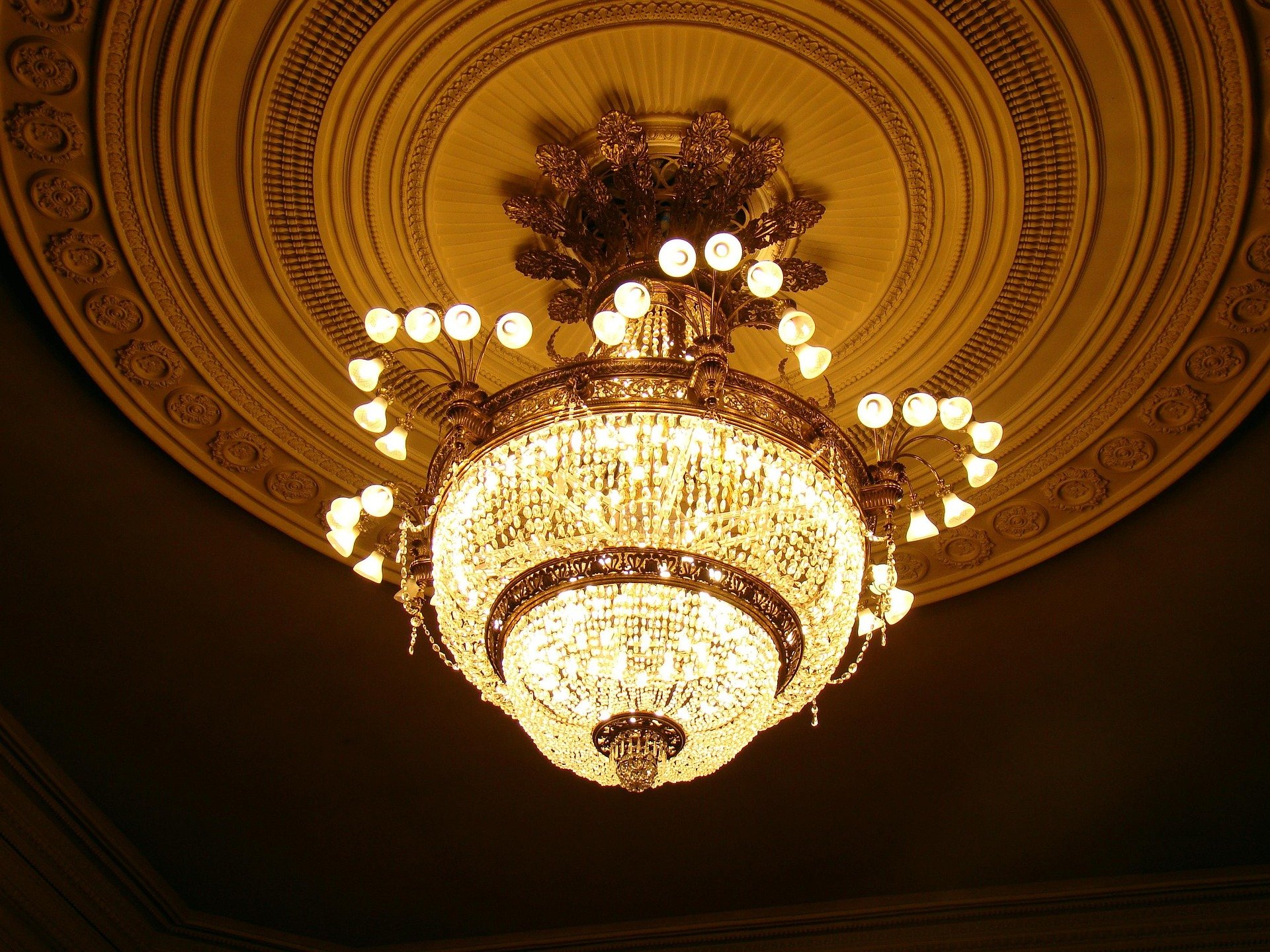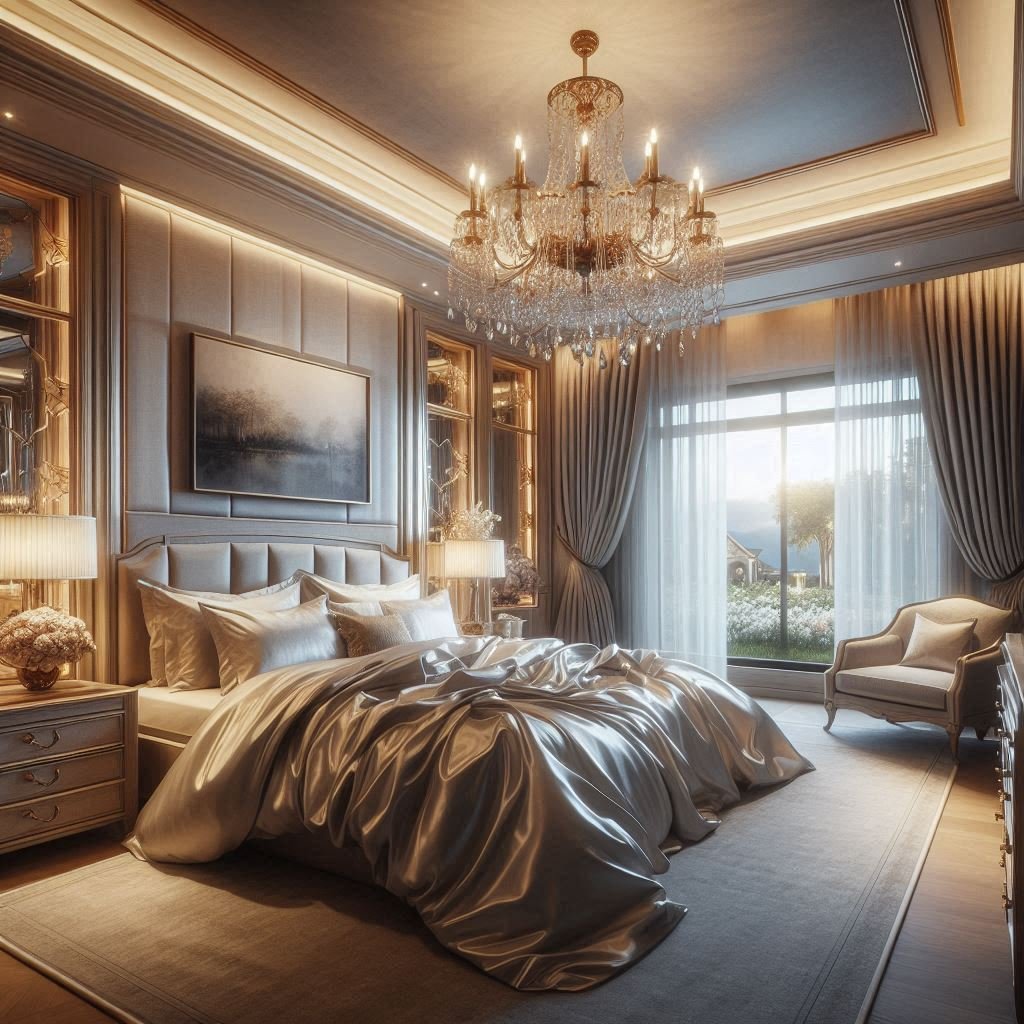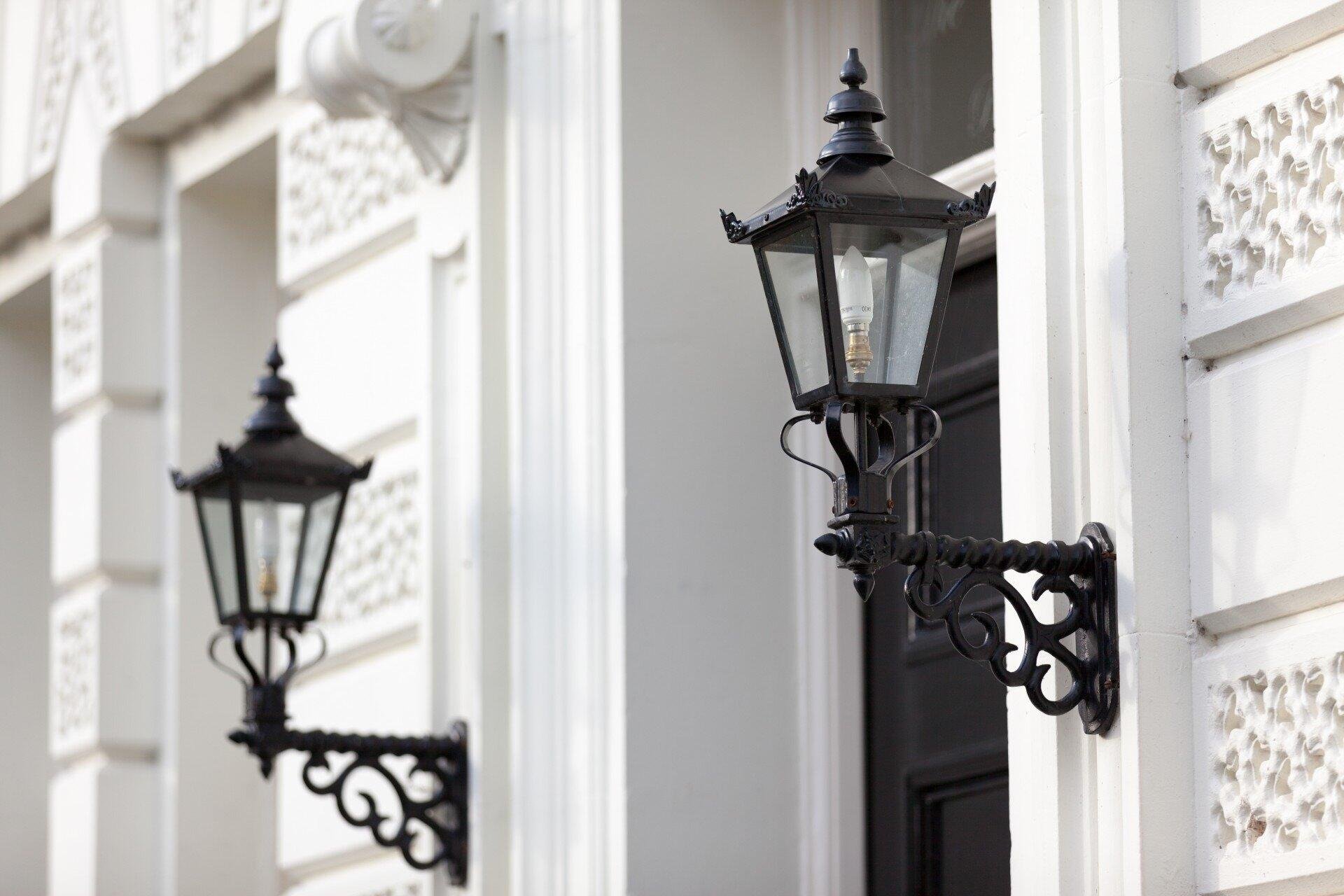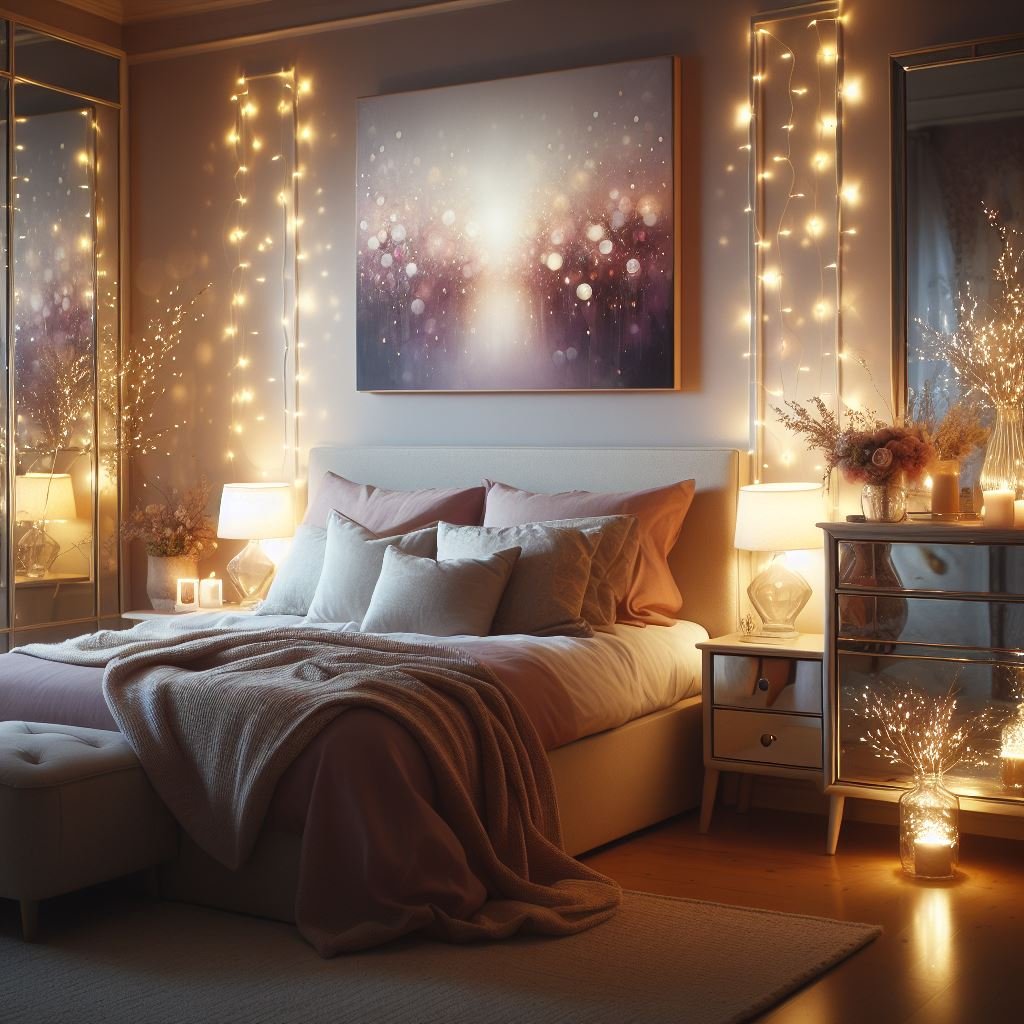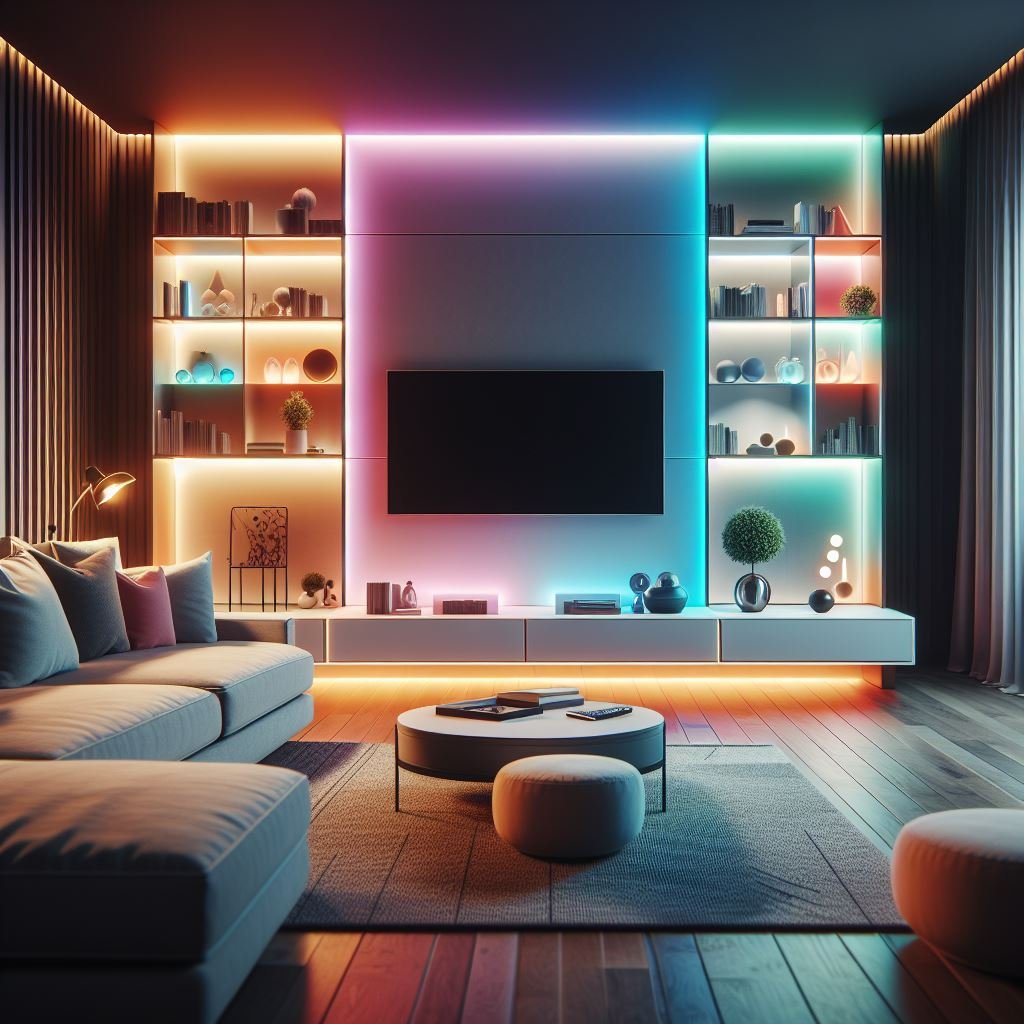Setting the Mood: The Power of Well-Placed Decorative Lighting
Transform your space with the power of well-placed decorative lighting. Discover tips to set the mood and enhance your home’s ambiance and style.
Transforming your home into a well-lit sanctuary is not merely about visibility; it's about creating an atmosphere that resonates with your style and enhances your daily experiences. Strategic lighting plays a crucial role in setting the mood for any space, allowing you to express your personality through light. Imagine coming home to a warm glow that instantly uplifts your spirits or having a cozy nook where you can unwind after a long day. Understanding how to use decorative illumination effectively can make all the difference in achieving that perfect ambiance.
Creating Ambiance Through Layered Lighting
One of the most effective methods of setting the mood is through layered lighting, which combines different types of illumination—ambient, task, and accent. Ambient light provides the overall glow of space and can come from ceiling fixtures or natural light. Task lighting, on the other hand, focuses on specific areas for activities like reading or cooking, while accent lighting adds depth by highlighting features like artwork or architectural details.
For example, in a living room, you might start with a central ceiling fixture for ambient light, add table lamps or wall lighting options from Corston for task lighting when reading, and use spotlights to showcase artwork. This method enhances the room's look and creates a versatile environment that can easily shift from casual gatherings to intimate dinners. Layered lighting allows you to adapt the atmosphere according to your needs and preferences.
Benefits of Layered Lighting
Layered lighting offers numerous benefits beyond just aesthetic appeal. For starters, it allows for flexibility. You can adjust the ambiance depending on the time of day or activity, ensuring your home feels comfortable and inviting at any hour. Moreover, this approach can make smaller spaces appear larger by creating visual interest and depth. For example, using different lighting sources in a compact living area can draw the eye to various points in the room, making it feel more expansive.
Furthermore, layered lighting enhances functionality. Proper task lighting ensures you can perform activities like reading or cooking without straining your eyes or feeling frustrated by inadequate brightness. Accent lighting can highlight architectural features or beautiful decor, drawing attention to the aspects of your home that you want to showcase. This multifunctional approach makes layered lighting a practical choice for any home.
Selecting the Right Fixtures for Different Spaces
When choosing the ideal fixtures, it's essential to consider each room's unique characteristics. For instance, bright, focused lighting is crucial to maintaining productivity in a home office, while softer, warmer tones are more suitable for a bedroom, promoting relaxation and comfort.
Consider the various styles available and how they align with your existing décor. Modern, sleek designs may complement contemporary spaces, while vintage or ornate fixtures can enhance traditional or eclectic interiors. Mixing different styles can create a visually interesting contrast, adding personality to your home. The materials and finishes of the fixtures also influence the overall feel; metals can lend a contemporary edge, while wood evokes warmth and homeliness.
Emphasizing Functionality and Style
It is important to select fixtures that look good and serve a practical purpose. For instance, pendant lights can be a stylish addition to kitchens and provide focused light over countertops, making meal prep easier. Similarly, adjustable floor lamps can offer a design statement and functional light for reading in a cozy chair.
In high-traffic areas, like hallways and entryways, consider fixtures that provide plenty of brightness to enhance safety while also making a strong design statement. A chandelier can serve as a stunning focal point in an entryway, welcoming guests with its style while illuminating the space effectively. Thoughtfully chosen fixtures can enhance functionality and aesthetics, ensuring each room works harmoniously.
The Emotional Influence of Light
Lighting can significantly affect our emotions and behavior. Different types of light can influence mood and energy levels. For instance, bright, cool-toned light can increase alertness and productivity, making it ideal for workspaces. In contrast, warmer tones can promote relaxation and well-being, so they are often favored in bedrooms and living areas.
To harness this emotional power, consider the activities you typically perform in each space and choose your lighting accordingly. For a dining area, softer, warmer lighting can create an intimate setting perfect for meals with loved ones. A well-lit kitchen fosters a lively environment, encouraging creativity as you prepare meals. By understanding how lighting affects your emotions, you can curate an atmosphere that enhances your lifestyle.
Exploring Color Temperature
Understanding color temperature is also crucial in manipulating a space's mood. Measured in Kelvin (K), color temperature ranges from warm yellow light (around 2700K) to cool blue light (above 5000K). Warm light creates a soothing environment, ideal for relaxation areas like bedrooms and living rooms, while cooler light promotes focus and clarity, making it suitable for workspaces and kitchens.
Consider installing smart lighting systems that allow you to adjust the color temperature throughout the day. Using warm light in the evening can help signal to your body that it’s time to wind down, while cooler light during the day can boost productivity and alertness. This thoughtful approach to lighting can enhance your daily routines, making your home a more enjoyable place to be.
Practical Tips for Implementing Decorative Lighting
Implementing effective lighting solutions doesn’t have to be overwhelming. Here are a few practical tips to get you started:
Experiment with Dimmer Switches: Adding dimmers to your fixtures allows you to control the brightness, making setting the mood for any occasion easier. Having the option to adjust the light intensity can significantly enhance the flexibility of your space.
Use Multiple Sources: Aim for at least three light sources in each room, including a mix of overhead fixtures, lamps, and decorative items to create depth and interest. This strategy improves functionality and contributes to a layered look that feels inviting.
Highlight Features: Don't shy away from accent lighting. Use it to draw attention to architectural details, artwork, or even indoor plants to create a focal point. This practice enhances the visual appeal of your home while highlighting your style.
Consider the Scale: Ensure that your fixtures are the appropriate size for the space; oversized fixtures can overwhelm, while small ones may get lost. Take measurements and visualize how each piece will fit within the room's context.
Focus on Functionality: Prioritize lighting in areas where you perform specific tasks, ensuring adequate illumination to enhance functionality without sacrificing style. For example, under-cabinet lighting in kitchens can make cooking easier while adding a touch of elegance.
Explore Unique Designs: Look for fixtures that serve as light sources and art pieces. Unique designs can elevate the overall look of a room, making lighting an integral part of your decor rather than just a necessity.
Create Zones: In open-concept spaces, use lighting to create distinct areas. For example, a combination of pendant lights over a dining table and a floor lamp in the living area can define each space while maintaining a cohesive look.
Through these practical tips, you can harness the power of illumination to curate spaces that look good and feel right. Embrace the transformative potential of lighting in your home décor, and discover how it can elevate your everyday life. Remember, every light fixture is an opportunity to express your style and enhance the functionality of your home.
